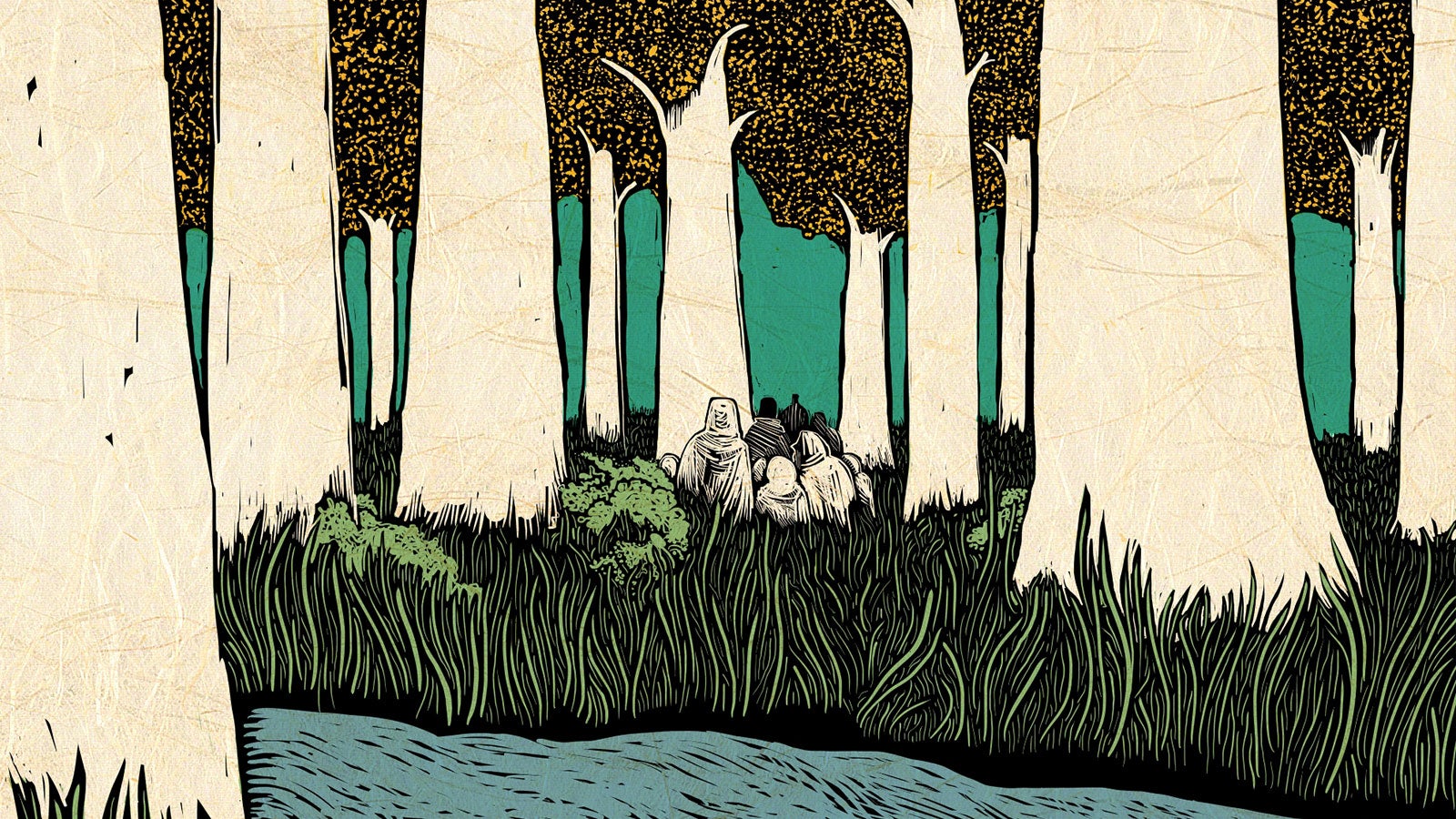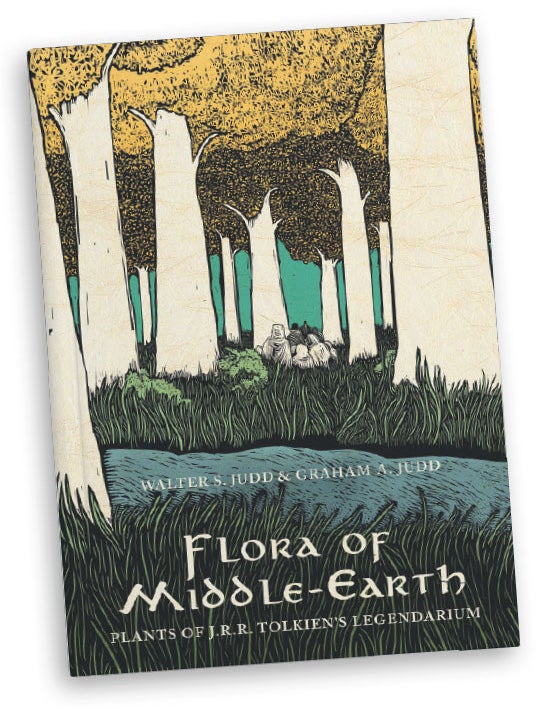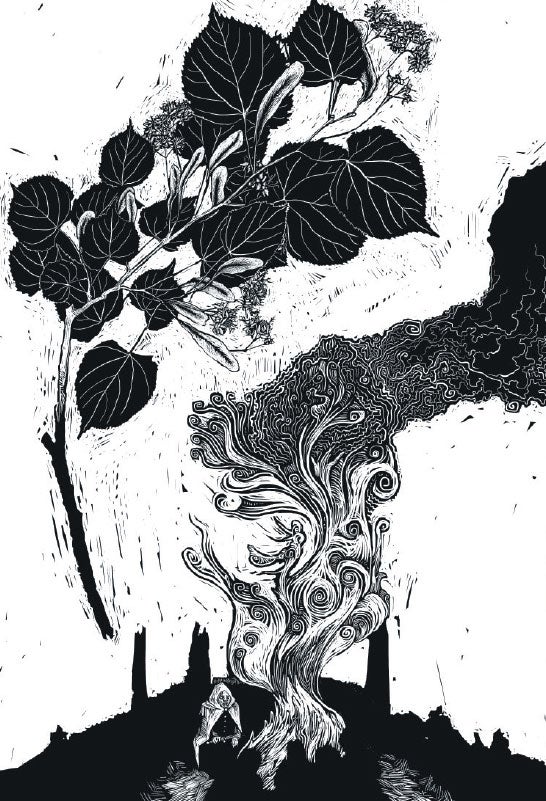
Drawing Middle-earth
 UCF art alum Graham Judd ’09 co-wrote and illustrated Flora of Middle-earth: Plants of J.R.R. Tolkien’s Lengendarium with his father Walter S. Judd, a botanist and distinguished professor emeritus of biology at the University of Florida. The book is a detailed account of the more than 160 plants found in Tolkien’s fictional universe and includes original hand-drawn, woodcut-style illustrations by Graham.
UCF art alum Graham Judd ’09 co-wrote and illustrated Flora of Middle-earth: Plants of J.R.R. Tolkien’s Lengendarium with his father Walter S. Judd, a botanist and distinguished professor emeritus of biology at the University of Florida. The book is a detailed account of the more than 160 plants found in Tolkien’s fictional universe and includes original hand-drawn, woodcut-style illustrations by Graham.
How did this project come about?
This was project was the brainchild of my father and me for quite a long time. As we are both massive fans of Tolkien’s world, it only felt natural to use our skills to create something we were both passionate about.
What’s it like to bring Tolkien’s universe to life visually?
Challenging. Tolkien’s world has been depicted in movies and cartoons as well as board and video games. Trying to illustrate something that is so cherished and well-defined is intimidating at best. In the illustrations, I worked to define concepts and events more than details, leaving room for the viewer’s imagination to create definition.
What’s your favorite plant from Middle-earth and why?
I love the Mallorn trees (depicted on the cover), and what they represent. As a child, Mallorn trees represented this mystical, untouched world, and were the symbol for elves and knowledge and the ancient world. I loved everything about the wood elves, and I often pretended the woods around our house was the Galadriel forest. Alone deep in the woods, I still often get this weird feeling like there is an unseen force. I don’t know how else to translate it, but I can feel it.
My favorite plant to illustrate for the book was the linden tree because picturing the silhouettes of the hobbits entwined in Aragorn’s story as they await the attack of the Black Riders is both fun and visually enchanting.
What has been the most interesting part of illustrating Middle-earth?
I remember watching an episode of the X-Files as a kid that takes place in Ecuador, and my dad told me as a brief aside that those plants were native to the L.A. area — not the jungles of South America. It completely sucked me out of the narrative. After working on this book, I finally understand our cultural blindness to plants. People don’t really pay attention to how a pine tree’s branches are different from a fir tree’s, and before this project I didn’t either. Things that used to feel needlessly descriptive now enrich my imagination.

While at the camp at Weathertop and trying to distract the hobbits from their fears, Aragorn sings the “Song of Beren and Lúthien,” which includes the following stanza about the linden tree:
[Beren] heard there oft the flying sound
Of feet as light as linden-leaves,
Or music welling underground,
In hidden hollows quavering.
Now withered lay the hemlock-sheaves,
And one by one with sighing sound
Whispering fell the beeches leaves
In the wintry woodland wavering.